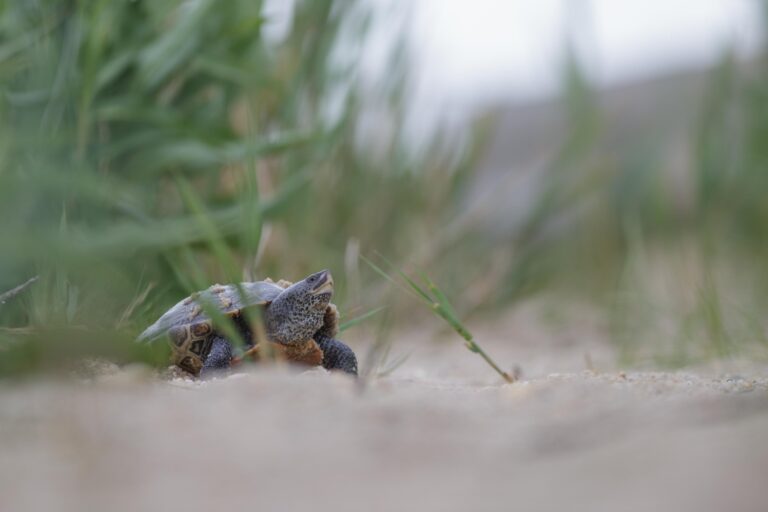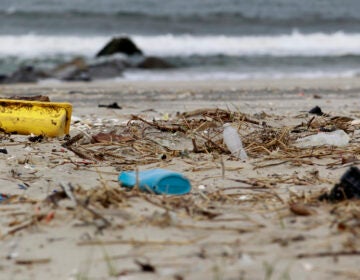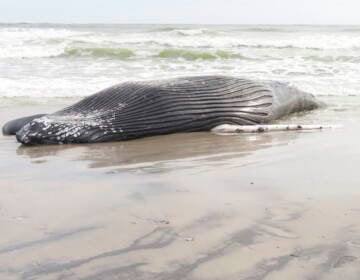With terrapin nesting season underway in N.J., naturalist asks drivers to be mindful
With warmer temperatures and a recent full moon, the annual nesting season for northern diamondback terrapins is beginning at the Jersey Shore.

A northern diamondback terrapin. (Courtesy of Ben Wurst)
With warmer temperatures and a recent full moon, the annual nesting season for northern diamondback terrapins is beginning at the Jersey Shore.
It’s the only species of turtle that inhabits the New Jersey coastal estuaries year-round, according to Ben Wurst, habitat program manager for Conserve Wildlife Foundation of New Jersey.
Living exclusively in brackish water, adult females emerge from the protection of their aquatic habitat to find suitable areas to lay eggs, seeking nesting areas with a sandy gravel-type substrate above the high tide line, Wurst said.
And that’s where the trouble begins.
“Throughout their range along the coast, terrapins face a variety of threats to their survival,” he said, citing a loss of nesting habitat due to commercial and residential development, shoreline hardening and flooding.
The loss of habitat in the marsh systems increases the risk of terrapin mortality as they search for adequate nesting areas.
“Terrapins will utilize roadsides for nesting, which increases the threat of being hit by motor vehicles,” Wurst said. “Roads are essential to our daily life, but they often are barriers to wildlife, especially small critters like terrapins. Studies have shown that adult females have become less abundant and smaller from road mortality.”
But there are several ways to help.
A simple way for drivers to avoid striking a turtle in search of a nesting area, according to Wurst, is being “terrapin aware” in coastal areas until mid-July.
“Terrapins are a great example of a small behavioral change in people — in this case, driving with more awareness on our coastal roads — making a huge difference for an at-risk wildlife species,” said Conserve Wildlife Foundation of New Jersey Executive Director David Wheeler.
The organization has been conducting road patrols and surveys on Great Bay Boulevard and Seven Bridges Road in Ocean County’s Little Egg Harbor since 2010.
They have been using local volunteer “citizen scientists” to collect data on terrapins in the roadway, helping to reduce the mortality rate of nesting adult females on area roads.
Wurst said that a person recently walking along Great Bay Boulevard found an injured turtle, which was taken to a veterinarian, evaluated and given antibiotics for relatively minor wounds. The turtle was then released back into the wild near where it was found.
Conserve Wildlife Foundation of New Jersey’s efforts have paid off with the turtle mortality rate in the area slashed in half since the program began.
The Long Beach Township Marine Education Field Station will host an online diamondback terrapin talk on its Instagram page at 9 a.m. on Saturday, June 20.
WHYY is your source for fact-based, in-depth journalism and information. As a nonprofit organization, we rely on financial support from readers like you. Please give today.






